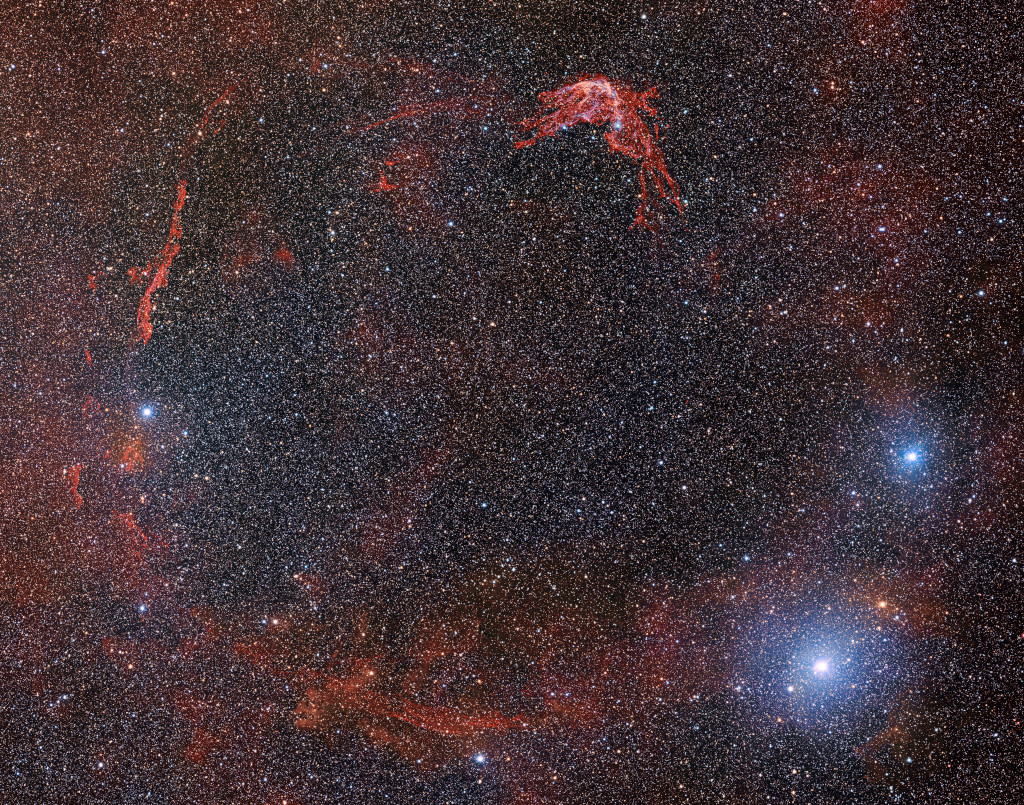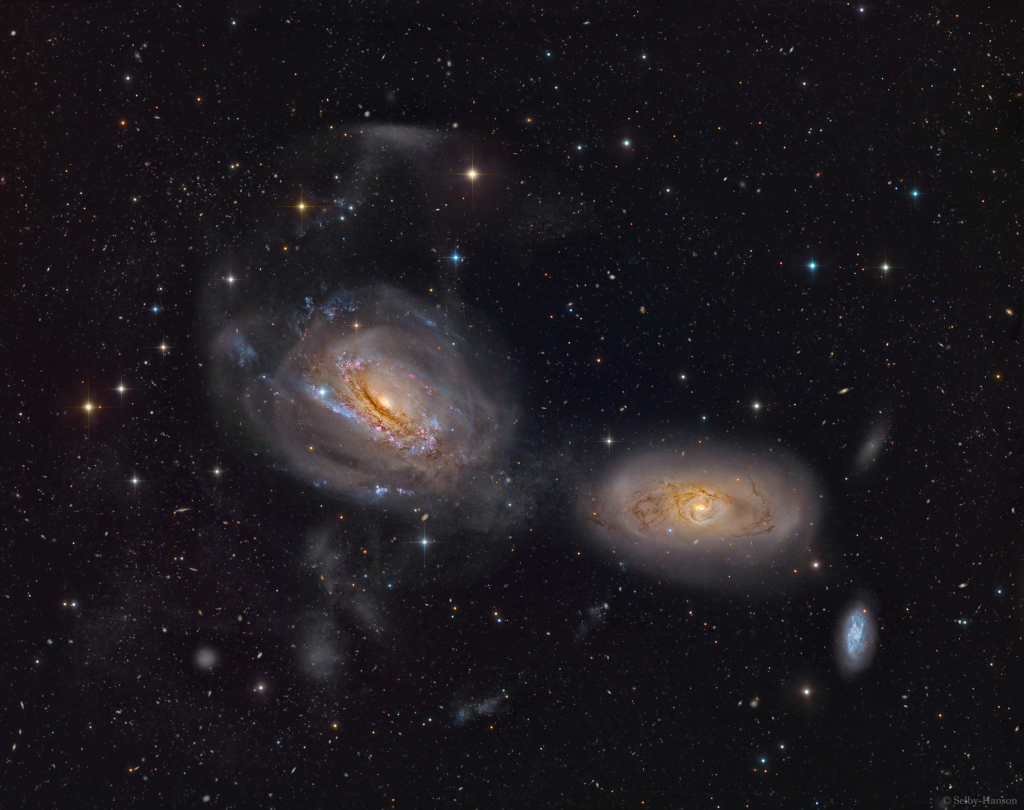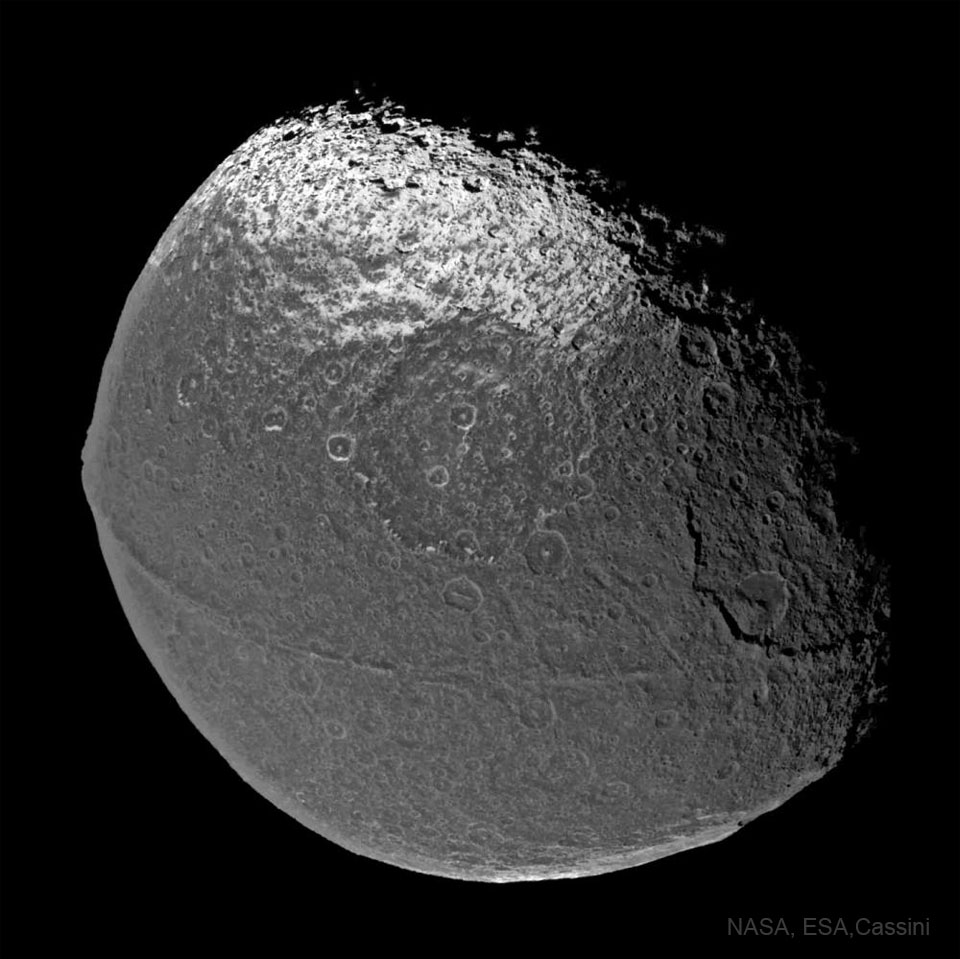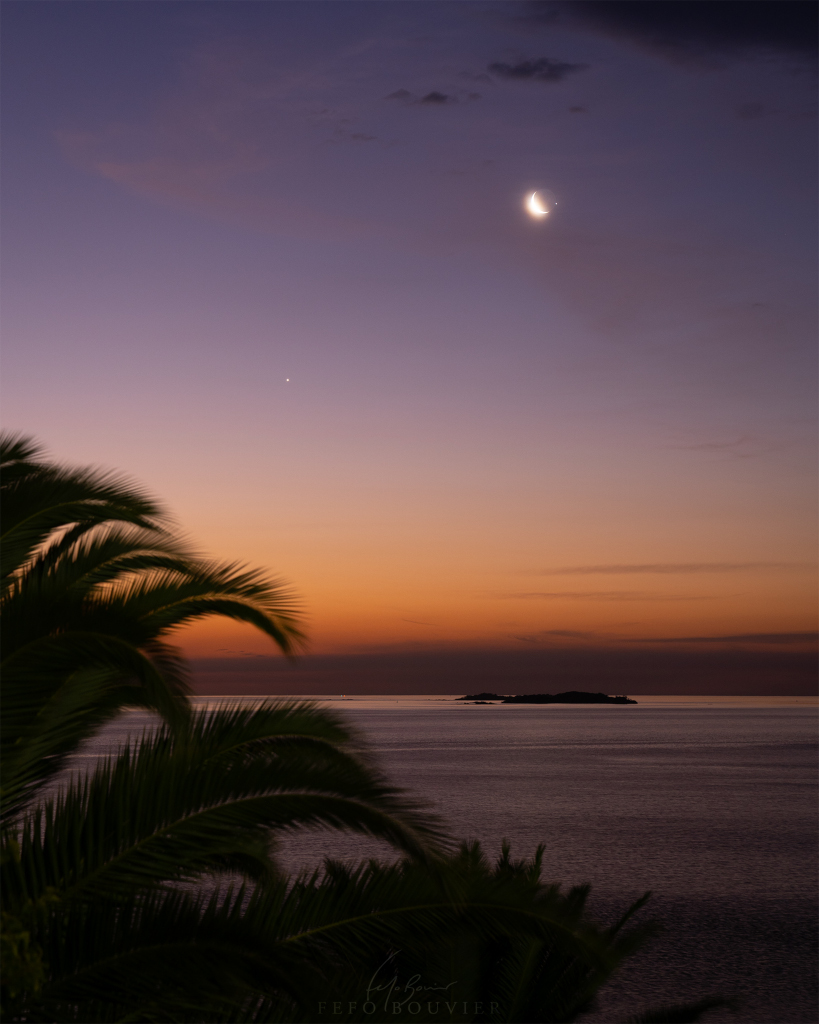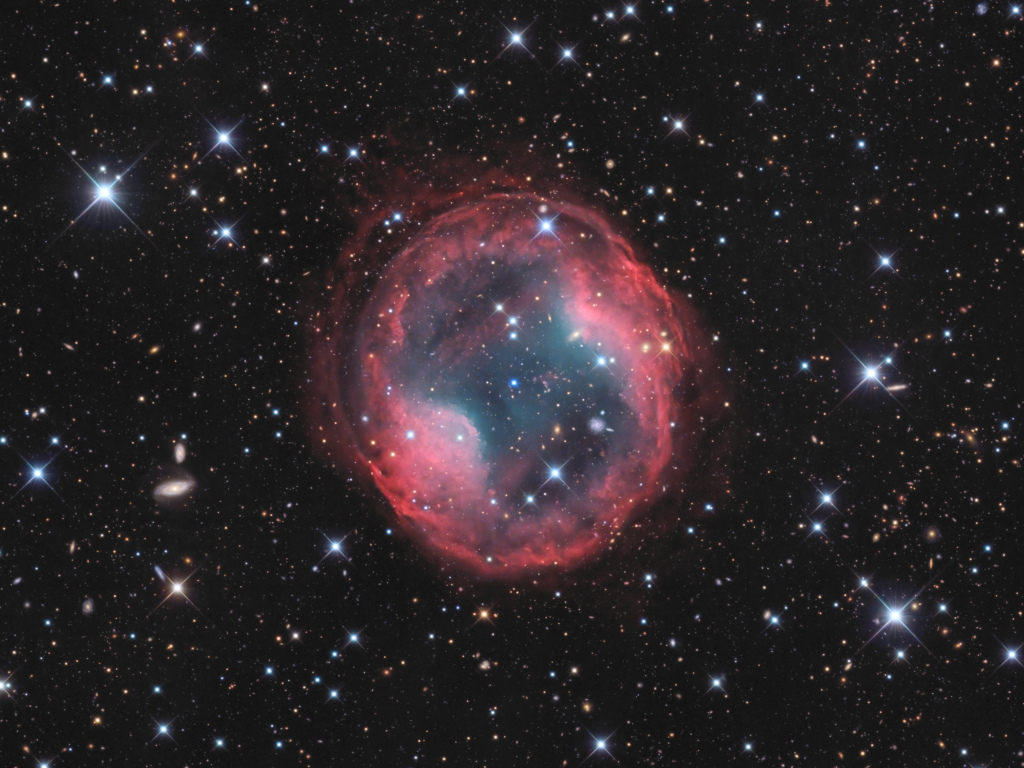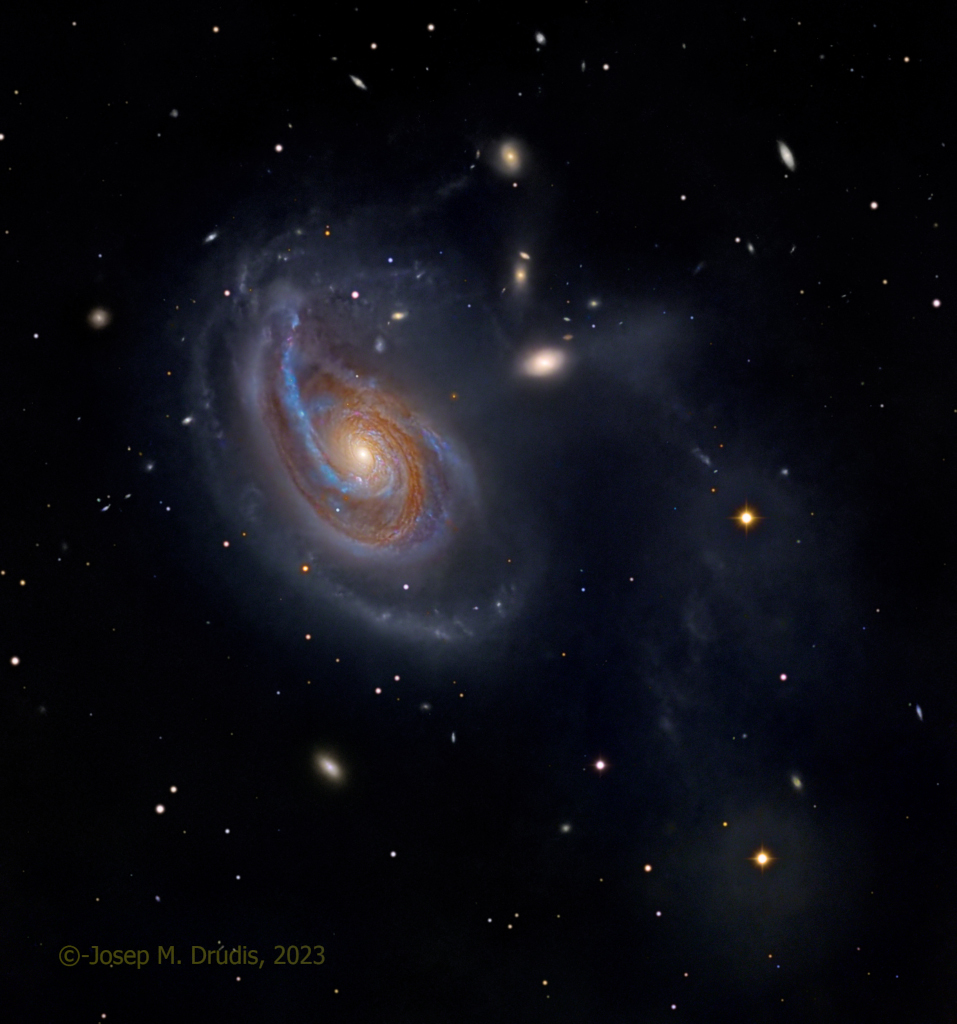金星与木星的10天
2023年3月4日 10 Days of Venus and Jupiter Image Credit & Copyright: Soumyadeep Mukherjee Explanation: Venus and Jupiter may have caught your attention lately. The impending close conjunction of the two brightest planets visible in clear evening skies has been hard to miss. With Jupiter at the top, […]


